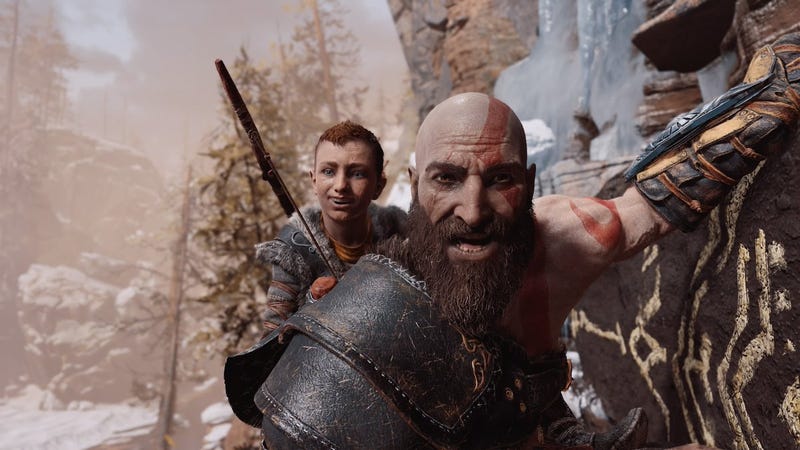 First, Li and Bernoff explain the importance of identifying your target population and using a Social Technographic Profile to determine how they participate in the groundswell. The Social Technographic Profile provides us with data regarding how people use technology. We can use this data to categorize consumers as Creators, Conversationalists, Critics, Collectors, Joiners, Spectators, or Inactives.
First, Li and Bernoff explain the importance of identifying your target population and using a Social Technographic Profile to determine how they participate in the groundswell. The Social Technographic Profile provides us with data regarding how people use technology. We can use this data to categorize consumers as Creators, Conversationalists, Critics, Collectors, Joiners, Spectators, or Inactives.
Once you identify your target audience and determine their classification based on their Social Technographic Profile, you can determine your strategy based on how your audience participates in the groundswell. Consider my post last week on the marketing value of using photo modes in video games. Pew Research Center states that 72% of men aged 18-29 play video games compared to 49% of women in the same age range. In addition, the Social Technographic Profile of young men and women in Groundswell shows that young men are likely to be Creators, Critics, Joiners, and Spectators. Therefore, a gaming feature in which gamers can create user-generated content, share their creations, and interact with others is an ideal way to engage gamers.
Second, for us to effectively engage the groundswell, Li and Bernoff state we must focus on building relationships with our consumers instead of striving for technical competency across platforms. The most current (and controversial) example that we are all familiar with is the Nike's Just Do It campaign advertisement featuring Colin Kaepernick. Take a look at "Dream Crazy", the first TV advertisement in the campaign below:
According to Sprout Social, 66% of customers are belief-driven buyers and believe it is important for brands to take a stand on social and political issues. In addition, 78% of liberal identifying customers are belief-driven buyers compared to only 52% of conservative identifying customers. Since Nike's primary customer base tends to be urban and liberal young people, the best strategy for Nike to build relationships with customers is to take a stand on an issue that their customer base will likely be sympathetic toward.
According to sales information available so far, their controversial strategy has been a success. Around the time the ad released, Nike gained 170,000 new followers on Instagram and comments about Nike increased 1,678%. While commenting on Nike increased immensely, it is imperative to remember that not all the comments are positive. Online sales increased 31% and Nike stock hit a record high of $83.90 following the release of the ad, indicating they were successful in targeting their audience and building a relationship with them.
Finally, it is critical that we remember that our brand is what the groundswell says it is. Through reviews, tags, Wikipedia contributions, and other activities, the groundswell is who defines our brand. If the groundswell has positive things to say about your brand, things like reviews or tags can boost sales or help additional consumers find your content. If they do not have positive things to say about your brand, these groundswell activities can sour a brand or campaign. For example, in 2017 Dove launched a new line of 7 body-shaped shampoo bottles, "to show our iconic bottle can come in all shapes and sizes too". However, instead of inspiring customers, the bottles were ridiculed by the groundswell on several platforms, including Twitter.
The overwhelmingly negative response killed any chances the campaign had of success. As we work to promote our own brands we must remember that our brand is what the groundswell says it is, and we need to anticipate what they might say! We also must always be monitoring how consumers are talking about our brands. Don't be like Dove. Identify your target audience, design a strategy to cultivate relationships with them, and always think through the possible consequences of a campaign.







